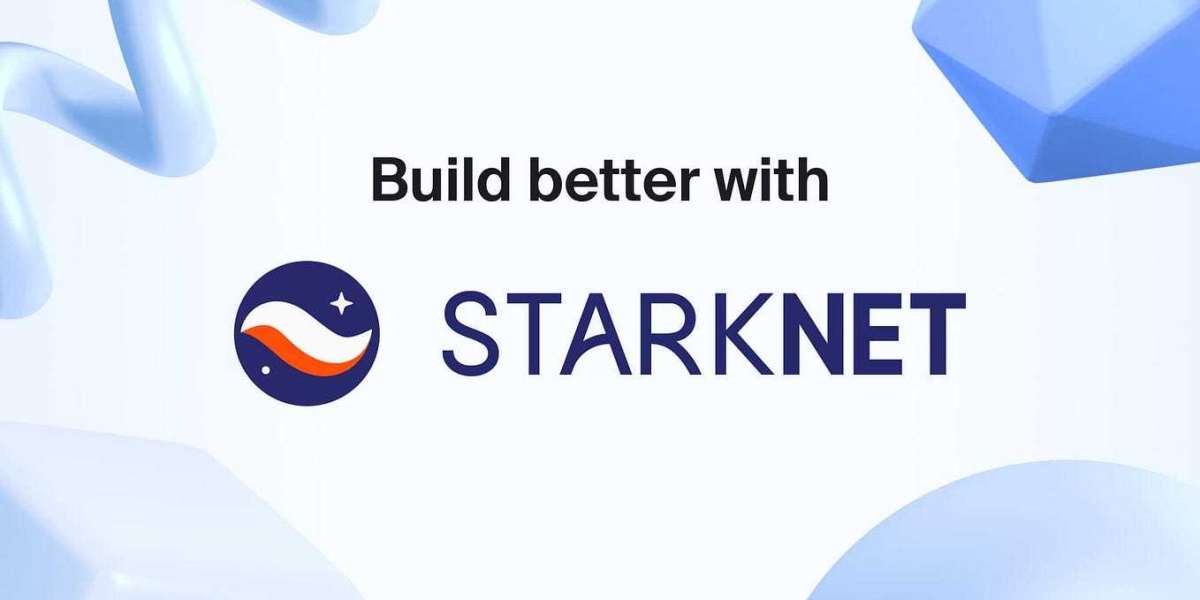StarkNet, a revolutionary Layer 2 scaling solution for Ethereum, has been making waves in the blockchain space. At the core of the StarkNet ecosystem are StarkNet full nodes, which play a pivotal role in achieving scalability, efficiency, and security. In this blog post, we will delve into what StarkNet full nodes are, their significance, the total supply of StarkNet, and whether StarkNet is on the mainnet.
What is a StarkNet Node?
A StarkNet node is an essential component of the StarkNet network, designed to process transactions, execute smart contracts, and maintain the state of the StarkNet blockchain. These nodes are responsible for validating and verifying transactions and ensuring the security and integrity of the network. StarkNet nodes leverage zk-rollup technology to enhance the scalability and efficiency of Ethereum.
Is StarkNet on Mainnet?
As of my last knowledge update in September 2021, StarkNet was not yet on the Ethereum mainnet. However, it was in active development, and the StarkWare team was working diligently to bring StarkNet to the mainnet. It's essential to check the latest updates and developments to verify whether StarkNet has been deployed on the Ethereum mainnet since then.
The Significance of StarkNet Full Nodes
Scalability: StarkNet full nodes are instrumental in addressing one of the most significant challenges facing blockchain networks - scalability. They enable the processing of a substantially higher volume of transactions, making blockchain applications more efficient and accessible.
Reduced Costs: High gas fees on the Ethereum network have been a hindrance for users and developers. StarkNet nodes mitigate this issue by processing transactions more efficiently, resulting in lower transaction costs.
Enhanced Security: StarkNet nodes play a crucial role in maintaining the security and trustworthiness of blockchain technology. They ensure the integrity and immutability of transactions and data.
Compatibility: StarkNet is designed to be compatible with the Ethereum network, allowing existing Ethereum smart contracts and DApps to migrate seamlessly. This compatibility ensures a smooth transition for developers and users while preserving the integrity of the blockchain ecosystem.
Total Supply of StarkNet
As of my last knowledge update in September 2021, the concept of a "total supply" in the context of StarkNet may not apply in the same way it does to cryptocurrencies like Bitcoin or Ethereum. StarkNet is a Layer 2 scaling solution built on top of the Ethereum network, and it doesn't have a native cryptocurrency or token of its own like Ether (ETH). Instead, it relies on ETH for its operations and transactions.
It's worth noting that the details of Layer 2 solutions like StarkNet can evolve, and new developments may have occurred since my last update. Therefore, I recommend checking the latest information and resources provided by StarkWare or other official sources for any updates regarding the total supply or token-related aspects of StarkNet.
Conclusion
StarkNet full nodes are the backbone of StarkNet's mission to revolutionize blockchain scalability and efficiency. While the information available up to September 2021 provides insights into StarkNet's development and significance, it's crucial to stay informed about the latest developments in the blockchain space. As blockchain technology continues to evolve, StarkNet full nodes are poised to play a pivotal role in shaping the future of scalable decentralized applications and driving innovation across various industries.








